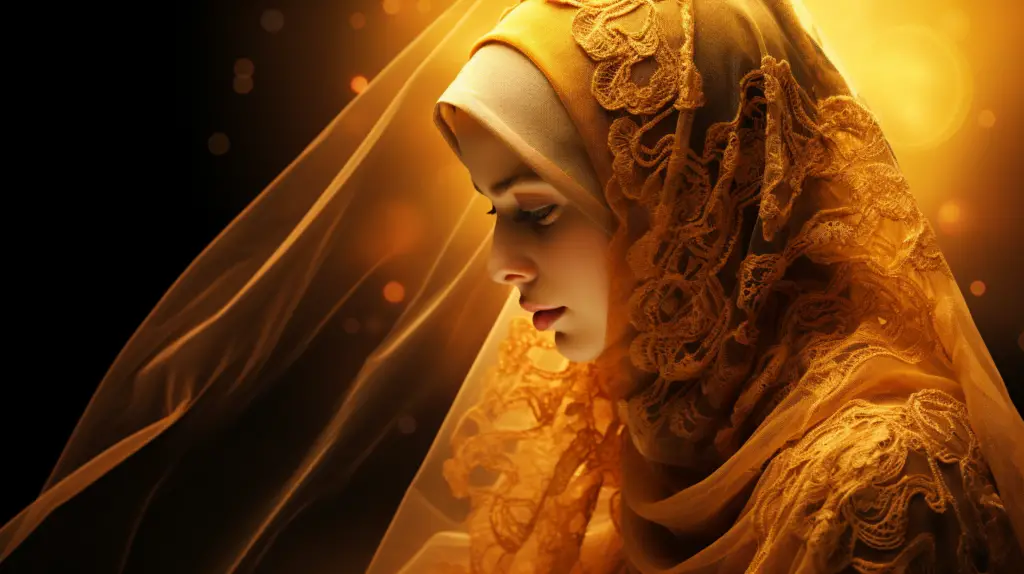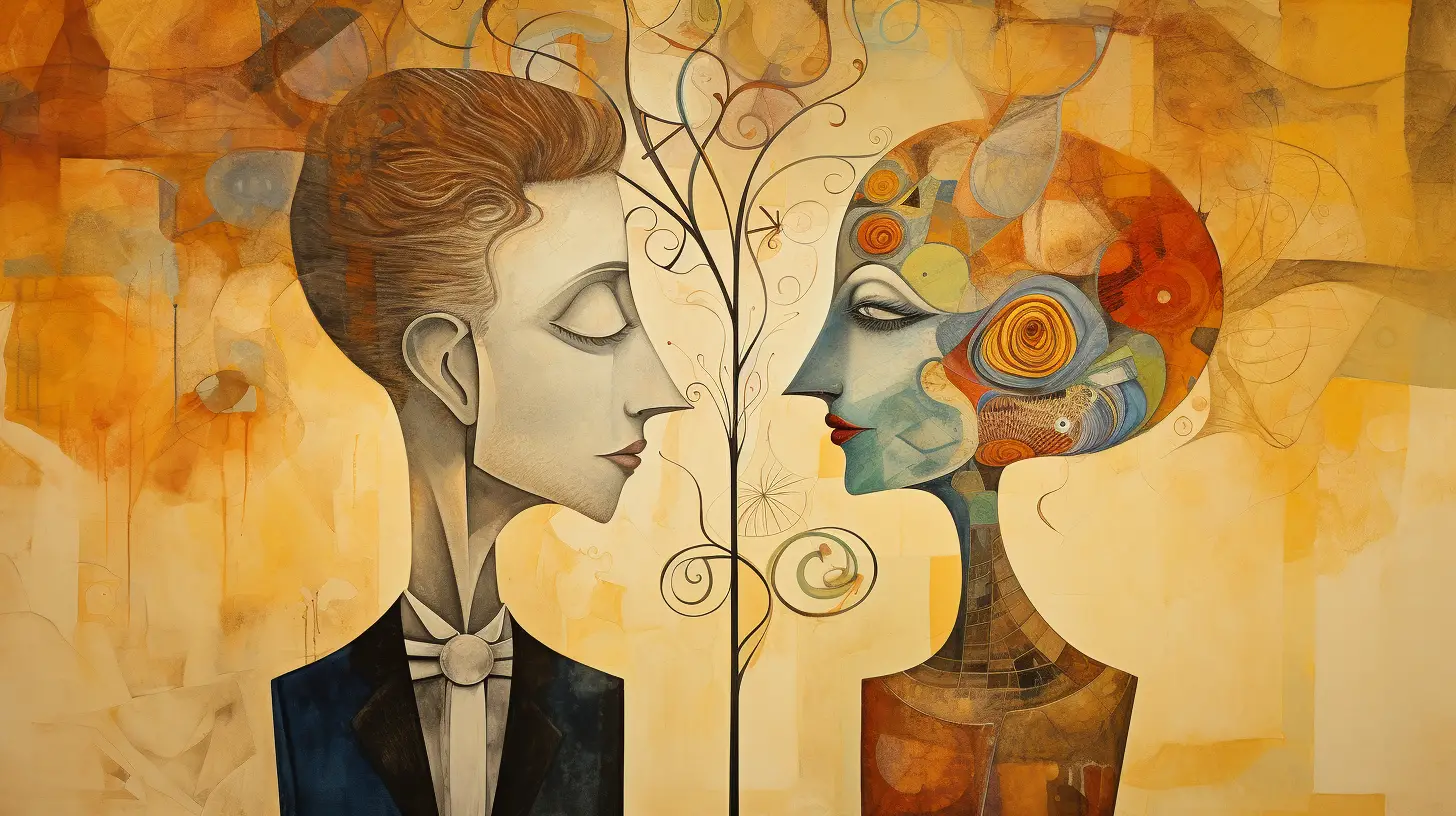Muharram is not only one of the most significant months in the Islamic calendar but also a time of intense reflection, commemorations, and diverse cultural traditions. It is a holy period that holds deep importance to Muslims around the world.

This article uncovers 25 fascinating facts about the Muharram holiday, from its historical background to the varying ways it’s celebrated in different countries.
1. First Month of the Islamic Calendar: Muharram is the first month of the Islamic calendar. The Islamic calendar, unlike the Gregorian calendar, follows the lunar cycle, meaning each month begins with the sighting of the new moon.
2. Sacred Month: Muharram is one of the four sacred months mentioned in the Quran, alongside Rajab, Dhul-Qa’dah, and Dhul-Hijjah. During these months, warfare and conflict were traditionally prohibited.
3. Meaning of Muharram: The term “Muharram” comes from the Arabic word ‘haram,’ which means ‘forbidden’. This refers to the tradition of refraining from sinful behaviours and engaging in fasting and prayer during this time.
4. Day of Ashura: The 10th day of Muharram, known as the Day of Ashura, holds significant historical importance. It’s a day of both mourning and celebration, depending on the Islamic sect.
5. Mourning for Imam Hussein: For Shia Muslims, Muharram is a period of intense grief and mourning. They mourn the martyrdom of Hussein, the grandson of Prophet Muhammad, who was killed in the Battle of Karbala in 680 AD.
6. Sunni Observances: For Sunni Muslims, the Day of Ashura is a day of fasting and gratitude, following the example of Prophet Moses who fasted on this day to express gratitude for the liberation of Israelites from Pharaoh’s tyranny.
7. Processions and Gatherings: During Muharram, particularly in countries with large Shia populations, grand processions are organized, and gatherings are held where stories of the Battle of Karbala are narrated.
8. Fasting in Muharram: Prophet Muhammad recommended Muslims to fast on the Day of Ashura. He also suggested that fasting should be observed on either the day before or after to distinguish the Islamic practice from Jewish traditions.
9. Matam or Self-flagellation: Some Shia Muslims engage in a ritual called Matam during Muharram, which involves self-flagellation to express their sorrow over the martyrdom of Imam Hussein.
10. Tazia Procession: In countries like India and Pakistan, a procession called ‘Tazia’ is organized where beautifully adorned models of Imam Hussein’s tomb are carried through the streets.
READ MORE: 25 Fascinating Facts about India’s Love-Hate Relationship with Cats
11. Color of Muharram: Black is considered the color of Muharram. Many Shia Muslims wear black clothes as a sign of mourning during this month.
12. Niyaaz Food: A significant feature of Muharram is the distribution of ‘Niyaaz’ food, which is prepared and served in the name of Imam Hussein by community members.
13. Muharram in Iran: In Iran, passion plays known as Ta’zieh are performed. These dramatize the events of Karbala and aim to evoke deep emotional responses from the audience.
14. Muharram in Iraq: Karbala in Iraq becomes a pilgrimage site during Muharram, attracting millions of devotees from across the globe who come to pay their respects at Imam Hussein’s shrine.
15. Ashura in Morocco: In Morocco, Ashura has cultural importance and is marked by bonfires, music, and the sprinkling of water, symbolizing a spiritual cleansing.
16. Muharram in Afghanistan: Known for the vibrant ritual of ‘Nowruz’, Afghanistan observes Muharram with a blend of pre-Islamic traditions and Islamic faith.
17. Muharram in Bahrain: Bahrain, known for its sizable Shia population, sees large gatherings and processions during Muharram, with people coming together to cook, pray, and grieve.
18. Charity and Alms Giving: Muharram is also a time for charity and alms-giving. Many Muslims donate to the needy and engage in communal services.
19. Spiritual Retreat: Some Muslims choose to retreat for self-reflection and spiritual growth during the first ten days of Muharram, in a practice known as ‘I’tikaf’.
20. Muharram and Poetry: Muharram has inspired a genre of poetry known as Marsiya, which is elegiac poetry written to commemorate the martyrdom and valour of Imam Hussein and his comrades.
READ MORE: 25 Interesting and Controversial Facts about Kargil Vijay Diwas
21. Avoidance of Joyful Events: Many Muslims avoid participating in joyful events, such as weddings, during Muharram as a sign of respect for the solemnity of the period.
22. Ashura and Health: There are traditions indicating that the Prophet Muhammad referred to Ashura as a day to fast for health benefits, suggesting that fasting on this day could cure certain illnesses.
23. Muharram and Non-Muslims: In multi-cultural societies, non-Muslims often participate in Muharram processions and respect the sanctity of the holiday, contributing to communal harmony.
24. Night Vigils: Known as ‘Sham-e-Ghariban,’ the night vigil is observed by Shia Muslims on the evening of the 10th day, where they light candles and lamps in honor of the martyrs of Karbala.
25. Unifying Festival: Despite the sorrow and mourning, Muharram serves to unite Muslims around the world in their faith, their respect for history, and their devotion to justice and sacrifice.
READ MORE: Why don’t Indians like cats?
These facts serve as a reminder of the deep religious, cultural, and social significance of Muharram to Muslims across the globe. Despite the differences in observances between sects and countries, the underlying message of Muharram resonates with universal themes of sacrifice, faith, and the struggle for justice.

